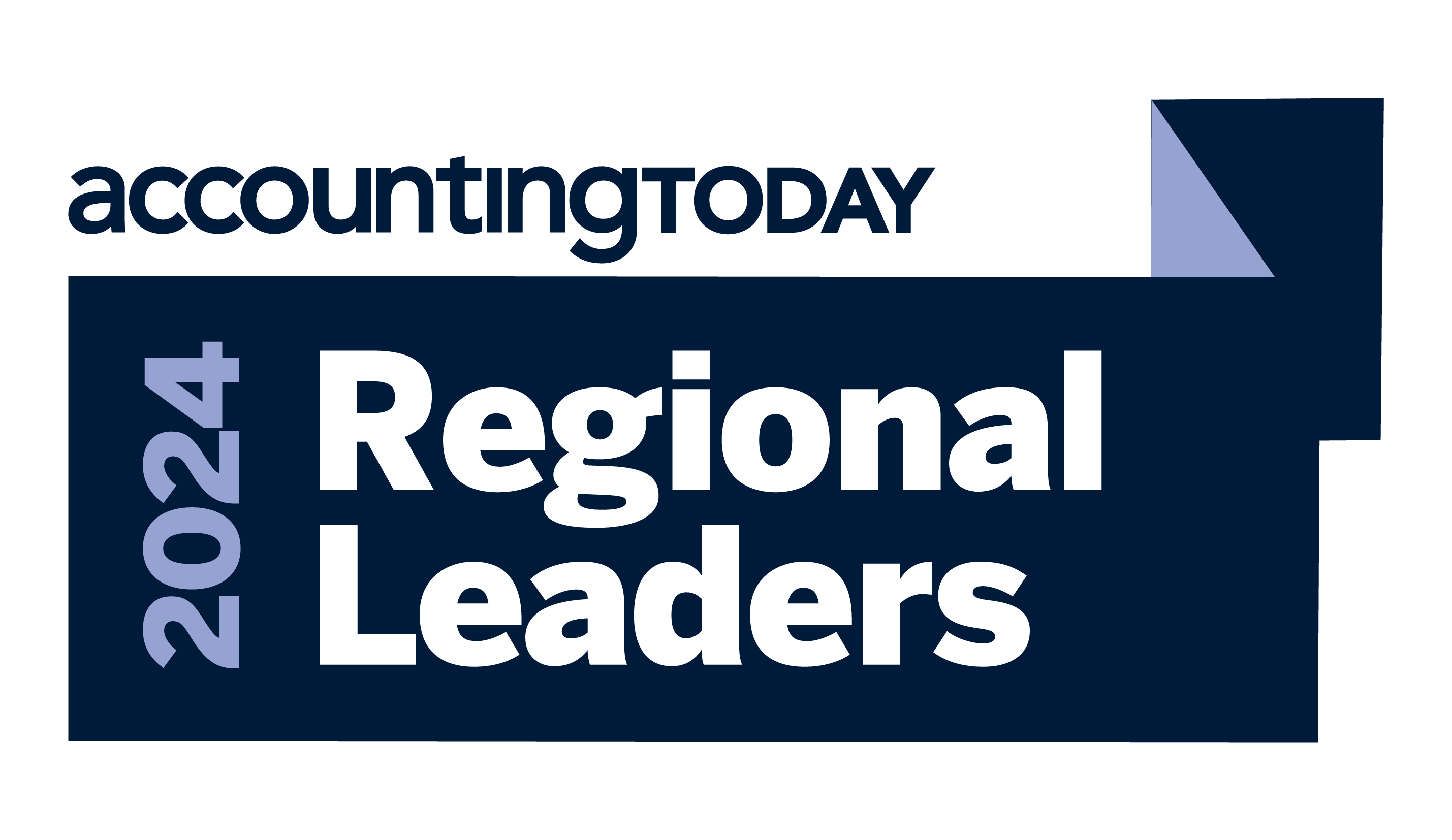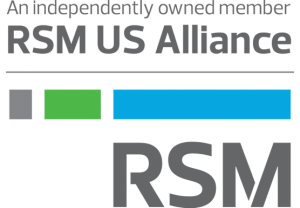Insights
We are proud to be named a West Coast Regional Leader for 2024


SBA releases guidance on PPP continued access program
TAX ALERT |
Authored by RSM US LLP
The SBA recently released consolidated and revised guidance for entities and individuals wishing to obtain their first Paycheck Protection Program (PPP) loan. This guidance expands upon changes to the PPP program contained within the Consolidated Appropriations Act, 2021. Much of the guidance in the 82-page releases simply restates existing SBA interim final rules. However the guidance also contains important information for section 501(c)(6) entities and broadcast entities that are now able to obtain their first PPP loan. In addition, due to rule changes, certain farmers and ranchers may now be able to obtain a PPP loan. For borrowers looking for additional information on the second-draw program, see our alert here.
Updates to the program now allow new PPP borrowers to use their 2019 or 2020 average monthly payroll to determine the maximum loan amount. Unlike the second draw program, the maximum loan amount stays at $10 million. There is a cap of $20 million for the maximum amount that a single corporate group can receive. A single corporate group is defined as businesses that are majority owned, directly or indirectly, by a common parent.
Borrowers gaining access to the program include certain section 501(c)(6) organizations, housing cooperatives and destination marketing organizations. For these borrowers, the maximum number of employees is capped at 300 versus the 500 for all other initial PPP borrowers. More detail for these potential borrowers can be found here. Many news organizations may now be eligible for an initial PPP loan -- those businesses or nonprofit broadcasting entities are assigned a NAICS code of 511110 or 5151. Under the program, the affiliation rules are waived for these entities and the employee maximum is set at no more than 500 employees per location.
The guidance also provides that the following businesses or organizations are ineligible for PPP funding:
- A businesses or organization that was not in operation on Feb. 15, 2020;
- A businesses or organization that received or will receive a grant under the Shuttered Venue Operator Grant program under section 324 of the Economic Aid Act;
- A businesses or organization in which the President, the Vice President, the head of an Executive Department, or a Member of Congress, or the spouse of such person as determined under applicable common law, directly or indirectly holds a controlling interest;
- A business that is an issuer, the securities of which are listed on an exchange registered as a national securities exchange under section 6 of the Securities Exchange Act of 1934; or
- A business or organization that is permanently closed.
- A business or organization that has taken out a PPP loan before Dec. 27, 2020 is eligible for a grant under the Shuttered Venue Operator Grant program, provided it is otherwise eligible for the program.
To calculate the maximum loan size, many businesses will use rules similar to the previously published guidance on how to compute payroll costs. However, farmers and ranchers can calculate their maximum loan amount by using the gross income line from the 2019 or 2020 Form 1040 Schedule F line 9 if there are no employees, limiting such amount to $100,000, divide the amount by 12 and then multiply by 2.5. If a rancher or farmer wishes to refinance an Economic Injury Disaster Loan, it should add the outstanding amount to the previously computed total. If there are employees, the rules provide instructions for how a farmer or rancher should compute the maximum loan amount.
A farmer or rancher that already received a PPP loan and would have been entitled to additional amounts under this formula can request an increase in their existing PPP loan. Other borrowers that are eligible for an increase in their loan, such as those entitled to an increase under revised guidance, a borrower that returned all or a part of a PPP loan, or a borrower that did not accept the full amount of the original PPP loan, can request an increase in their existing PPP loan.
New PPP borrowers will have to make the certification “that the uncertainty of current economic conditions makes necessary the loan request to support the ongoing operations”, but borrowers (including affiliates) that received loans of less than $2 million will be deemed to have made this certification in good faith.
Let's Talk!
Call us at +1 213.873.1700, email us at solutions@vasquezcpa.com or fill out the form below and we'll contact you to discuss your specific situation.
This article was written by Mathew Talcoff, Justin Stallard, Ryan Corcoran , Debbie Singer and originally appeared on 2021-01-07.
2020 RSM US LLP. All rights reserved.
https://rsmus.com/what-we-do/services/tax/federal-tax/tax-accounting-services/sba-releases-guidance-on-ppp-continued-access-program.html
The information contained herein is general in nature and based on authorities that are subject to change. RSM US LLP guarantees neither the accuracy nor completeness of any information and is not responsible for any errors or omissions, or for results obtained by others as a result of reliance upon such information. RSM US LLP assumes no obligation to inform the reader of any changes in tax laws or other factors that could affect information contained herein. This publication does not, and is not intended to, provide legal, tax or accounting advice, and readers should consult their tax advisors concerning the application of tax laws to their particular situations. This analysis is not tax advice and is not intended or written to be used, and cannot be used, for purposes of avoiding tax penalties that may be imposed on any taxpayer.
RSM US Alliance provides its members with access to resources of RSM US LLP. RSM US Alliance member firms are separate and independent businesses and legal entities that are responsible for their own acts and omissions, and each is separate and independent from RSM US LLP. RSM US LLP is the U.S. member firm of RSM International, a global network of independent audit, tax, and consulting firms. Members of RSM US Alliance have access to RSM International resources through RSM US LLP but are not member firms of RSM International. Visit rsmus.com/about us for more information regarding RSM US LLP and RSM International. The RSM logo is used under license by RSM US LLP. RSM US Alliance products and services are proprietary to RSM US LLP.

Vasquez & Company LLP is a proud member of the RSM US Alliance, a premier affiliation of independent accounting and consulting firms in the United States. RSM US Alliance provides our firm with access to resources of RSM US LLP, the leading provider of audit, tax and consulting services focused on the middle market. RSM US LLP is a licensed CPA firm and the U.S. member of RSM International, a global network of independent audit, tax and consulting firms with more than 43,000 people in over 120 countries.
Our membership in RSM US Alliance has elevated our capabilities in the marketplace, helping to differentiate our firm from the competition while allowing us to maintain our independence and entrepreneurial culture. We have access to a valuable peer network of like-sized firms as well as a broad range of tools, expertise and technical resources.
For more information on how Vasquez & Company LLP can assist you, please call +1 213.873.1700.
Subscribe to receive important updates from our Insights and Resources.